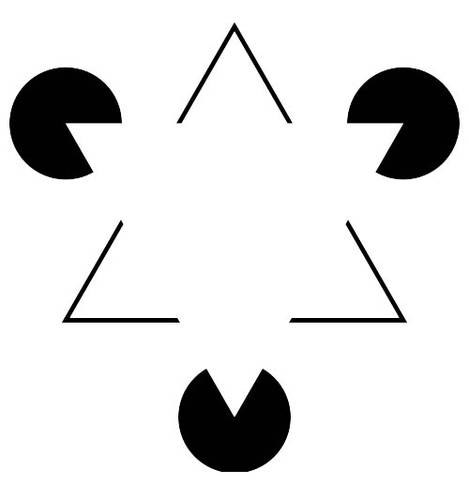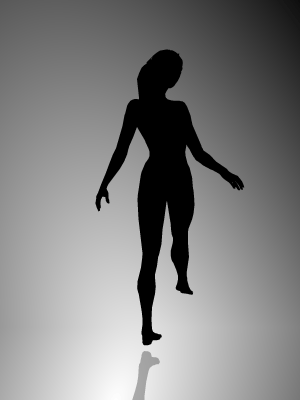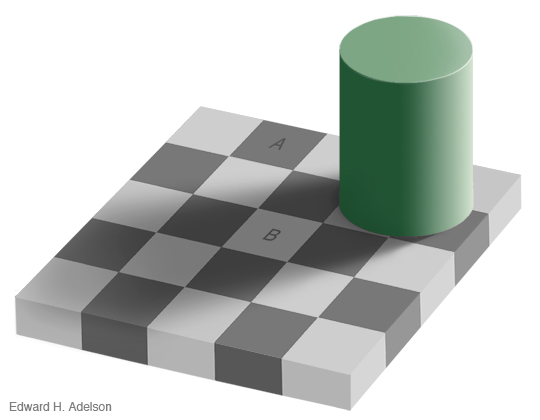One of the primary channels through which grocery stores lose money is via product spoilage. Let’s be honest, without the addition of various chemical preservatives (and goodness knows what else) fresh fruits and vegetables simply do not last as long as their processed and prepackaged counterparts. And as more fresh food spoils, the choices that health conscious consumers have in their food selection become more restricted. Clearly then, both food stores and food shoppers will benefit greatly if more fresh healthy food is available for sale each month. How can this be done? Consider these 6 ways: Continue reading
Tag Archives: perception
The Kanizsa Triangle Illusion
Created by Italian psychologist Gaetano Kanizsa in 1955, the Kanizsa Triangle is a classic example of illusory contours. Continue reading
The Spinning Dancer Illusion
This popular illusion created by Nobuyuki Kayahara in 2003, shows the spinning silhouette of a female dancer. If the viewer’s perception is that the foot touching the floor is the left foot, then the dancer appears to be spinning in a clockwise direction. If the foot touching the floor is perceived to be the right foot, then the dancer seems to be spinning in a counterclockwise direction. Continue reading
Monkey See, Monkey Read
In the video above Jonathan Grainger discusses an experiment in which he and his colleagues attempted to teach Guinea baboons to distinguish between real English words and strings of letters which are not English words. The baboons learned to recognize words from nonwords, exhibiting human-like orthographic processing. The results indicate that the baboons were focusing on the location of individual letters in the words in order to identify them. Interestingly, this is similar to the approach taken by human readers.
Related articles
- Reuters Video: Bright baboons show linguistic learning skills (englishblog.com)
- Baboons recognize words on a screen (jtm71.wordpress.com)
- Baboon personalities connected to social success and health benefits (sciencedaily.com)
- Monkey gets upset about receiving unequal pay (Video) (boingboing.net)






